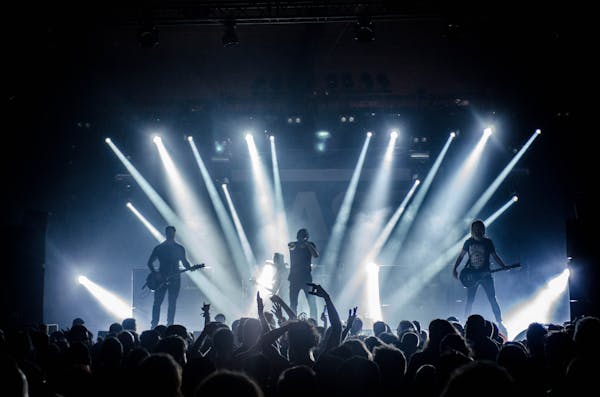A concert performance is an event that features music and some other entertainment. The main purpose of a concert is to make the audience feel connected with the artist during the show. This can be achieved by using a well-equipped venue and high-quality sound system.
A great performance requires a good stage presence and strong musical talent. It also requires an excellent understanding of the audience and a clear communication between the performers. Check out more about live concerts at The Eagles Eagles tour dates.
Stage set-up
Choosing the right stage set-up is one of the most important aspects of event planning. It affects the overall ambiance of the event and creates an unforgettable experience for attendees. However, many events face challenges during stage setup, including tight deadlines, budget constraints, and space limitations. Working with a professional event production management company can help alleviate these issues and ensure that the event’s stage design is successful.
Whether you’re hosting a music concert or a speaking engagement, the stage set-up is essential to the success of your event. Using different color schemes, textures, and lighting can help you achieve a more interesting look. You can also use projection mapping to create a dynamic backdrop without the need for a physical stage set.

When setting up the stage, make sure that all of the equipment is placed in a way that will be easy for performers to access. A cluttered stage can distract audience members and interfere with their viewing experience. Avoid putting chairs around the stage that are less than five feet away from it, as this will prevent people from having a clear view of the performers.
Lighting
The lighting is what makes a concert experience a unique event. From setting the mood to highlighting the performers, it plays an important role in elevating the performance. It also acts as a silent collaborator that works hand-in-hand with the music to enhance the emotional journey for both artists and audience alike.
The lighting should change with the music to create a visual story. For example, brighter lights should be used for more exciting songs. They should also be dimmer during slower or more sentimental songs.
The lighting can also be used to create optical illusions. For instance, a light could be used to simulate the sun rising or falling. It can also be used to highlight specific parts of the stage.
Sound
The sound at a concert is one of the most important aspects of the performance. It can make or break the show. Some performers use monitors to hear their music while they are on stage, but the mix they hear may not be the same as what is played to the audience. This is because the sound engineer can adjust the balance between what you are hearing in your monitor and the mains, and he or she will also be looking for cues from the band that they need more or less of something in their monitors.
There has always been an inherent assumption in Western culture that a concert is a live presentation of music before live audiences. This has been challenged, however, by the phenomenon of lip-synching, in which performers sing to prerecorded music. This has led to laws that require performers who plan on lip-syncing to indicate that fact on their concert posters and tickets.
Audience interaction
A captivating concert performance can be a great way to expand an artist’s fanbase and reach new audiences. Live performances can also promote album sales and streaming numbers. In addition, they can increase the visibility of an artist online.
Interacting with the audience is critical for engaging and powerful performances. It requires musicians to effectively communicate with each other and the audience through physical synchronization, conveying emotional messages, and adjusting performances based on feedback. This type of interaction also enhances enthusiastic audience participation in live events, contributing to a unified live performance experience.
Audience interaction can take many forms, including applause. It provides instant feedback and energizes performers, creating a symbiotic relationship between musicians and spectators. It can also be used to foster community and a sense of connection among fans. However, it is important to know how to time moments of audience interaction. For example, it would be inappropriate to break the fourth wall during a solemn death scene in a drama, but it’s perfectly fine to ask the audience to clap their hands for Tinker Bell in a musical.